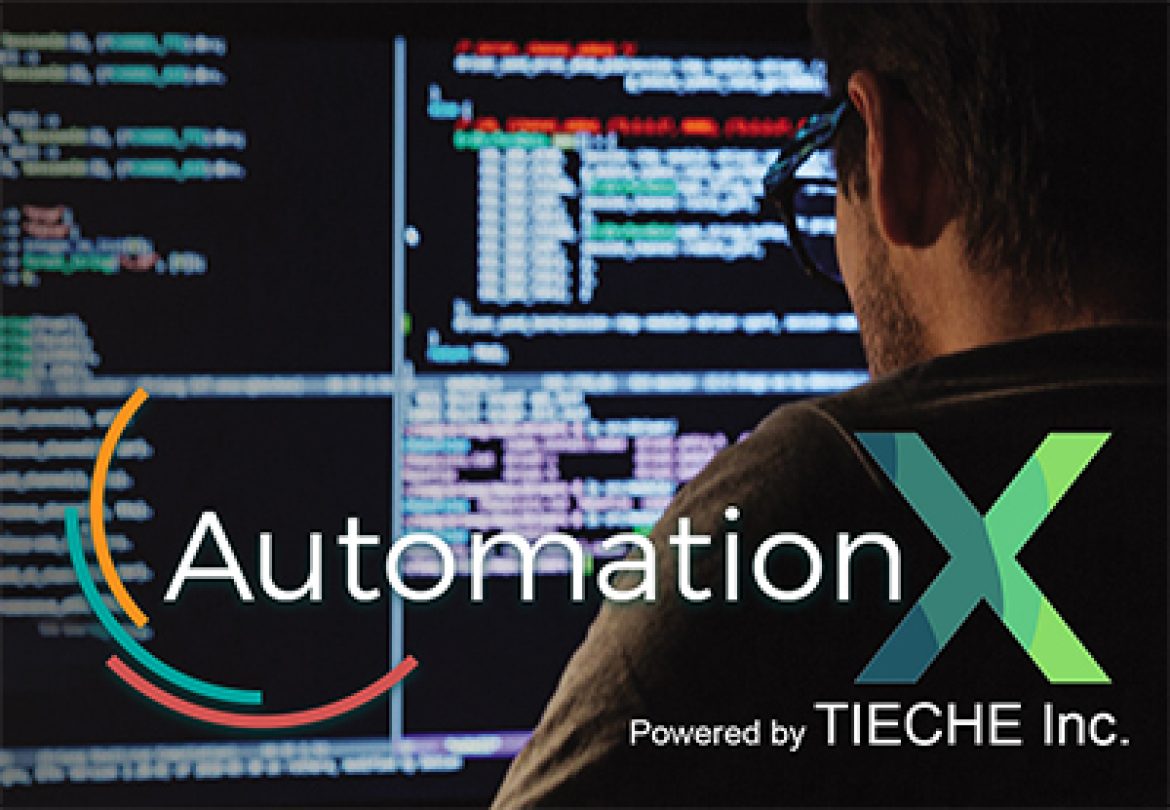The wait is over! We would like to introduce the newest member of our Test Automation Solutions Arsenal “AUTOMATION-X”. AUTOMATION-X is a web application testing platform that will take the industry to a whole new level. After years of designing and optimizing its features, AUTOMATION-X will help increase the efficiency of the test cycles. Among all its strong features, AutoAware was the one that grabbed our clients attention the most. AutoAware is a very powerful feature which will utilizes Ai and Machine Learning to identify all objects, pages, links in a website and present that in a diagram.
Interconnected
The initial days of building automation had different systems existing in their silos with very little interaction with each other and zero interaction with external systems. The future of smart buildings is a fully integrated network where the control systems, fire alarms, security systems, visitor management systems and elevators talk to each other.
Wireless
Generally speaking, wired systems offer wider coverage ranges, can handle large data volumes, and are extremely reliable — plus individual devices may be slightly less expensive. However, wired devices are more costly to install, less flexible and frequently cannot make information available anywhere in the space.
While wireless options are a little more expensive than their hard-wired counterparts, their reliability has greatly improved over the past few years. Installation of wireless devices is less complicated and far more flexible as needs change. They also offer transmission of limited data packets and simplified control commands from anywhere in the room or space, not just along the wires. The popular wireless technologies are Z-Wave, ZigBee, Wi-Fi, Bluetooth, and EnOcean technologies
Voice controlled
The most natural user interface is voice. The future of smart building will see more and more systems which could be controlled by voice. Voice services like Amazon Alexa, Siri and Google voice services will be integrated to building management systems for users to talk to them for obtaining information and providing instructions.
Intelligent and Self-healing
Cloud architecture and artificial intelligence will play a big role in shaping the future of smart buildings. The data collected from sensors and controllers will reside in the cloud and use the cloud computing power to run analytics and take self-healing decisions.
Think about a system which can automatically adjust its parameters based on the weather forecast or predict a failure much before it even occurs. Image processing security cameras will be able to identify unusual events which could be trigger preventive actions than analysing videos for forensic purpose. This is where the industry is headed to.
Equipment warranty using blockchain
Blockchain is a distributed ledger. Instead of a single database or organisation holding transaction records (or other data), the records are available to millions of computers anonymously. Through massive distribution of these records, a nearly tamperproof data record is created.
Smart equipment and the internet of things, which will connect these systems to the cloud, are becoming more common. Smart contracts could serve to automate warranties and provide refunds when equipment does not perform as expected. There’s never any confusion, and there’s never any need for litigation. It’s simply a very limited, computer-guaranteed set of outcomes.”
With onboard sensors to monitor equipment performance, any warranty issue could be automatically identified, and the refund would be transferred automatically. This would give building operators more confidence in the products they purchase and reduce administrative costs for the vendors.





